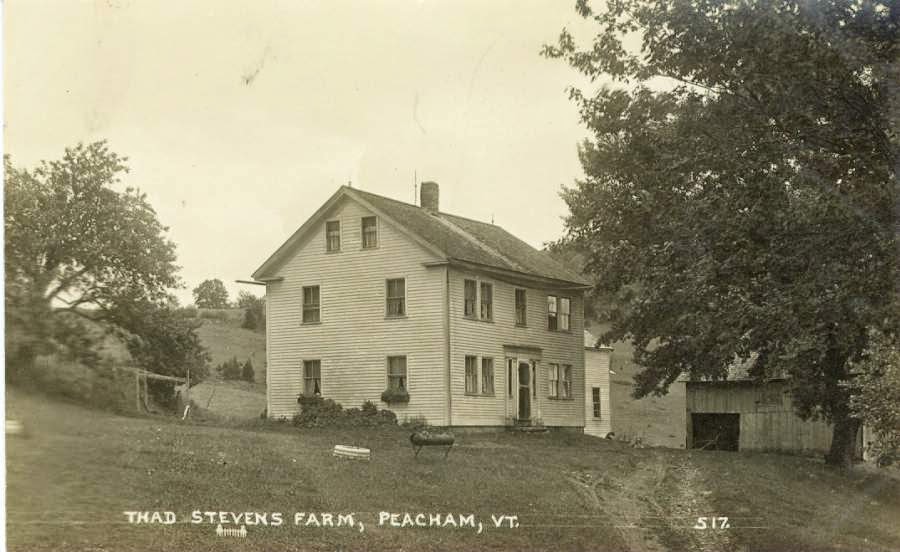At any rate, I was sitting at the kitchen counter scribbling a first draft of a poem (shown at the bottom), which kept getting changed each time I looked at it (multiple drafts; and can we still call it "scribbling" on a computer? well, why not?), and out of the corner of my eye caught something in motion outside the kitchen window. In one coordinated leap, I grabbed the binoculars and made it to the window, and then ran to the next one, pulling out my cell phone and adjusting its bold little camera to "zoom." And here's the result: a fox that wove back and forth along the field, then came right down to the edge of the yard where the gardens begin, where a mouse must have been traveling under the snow. I watched the fox pounce, dig down, and snap up its snack and chew (with mouth open, eeyew).
It paused to look toward me -- movement at the window drew its attention, I'm sure -- before heading back toward the woods at the top of the field.
And THAT is why writing by a kitchen window is a Very Good Idea. Forget the desk, for today.
***
Religion
I was seven, my brother five, my cute little sister
just three years old. We played tag
with lots of other kids in the neighborhood.
The Slaines were Catholic, lived across the street,
and their girl my age – was it Nancy? –
had a “wedding dress” when she turned seven
and made her First Communion. How envious
I was of her cuteness, and her day of lacy
beauty. The little girl who lived on our other side,
Eileen, sat on the wooden edge of our sandbox
and edged her words with scorn:
“Nancy’s Catholic,” she emphasized in a new way,
a pout of her rosebud lips indicating
a form of disgust. Even then, I knew it must be
something she’d learned from her parents.
Then she announced, with pride,
“I’m Protestant!” – sure, we had heard that label in our
house.
My brother grinned, bobbed his crewcut head, agreed.
I had curly hair (too curly said my mother),
which bounced even with my neutral nod.
Then my little sister, rising to the call,
stood up, saluted, and said, “I’m American!”
-- BK




















































